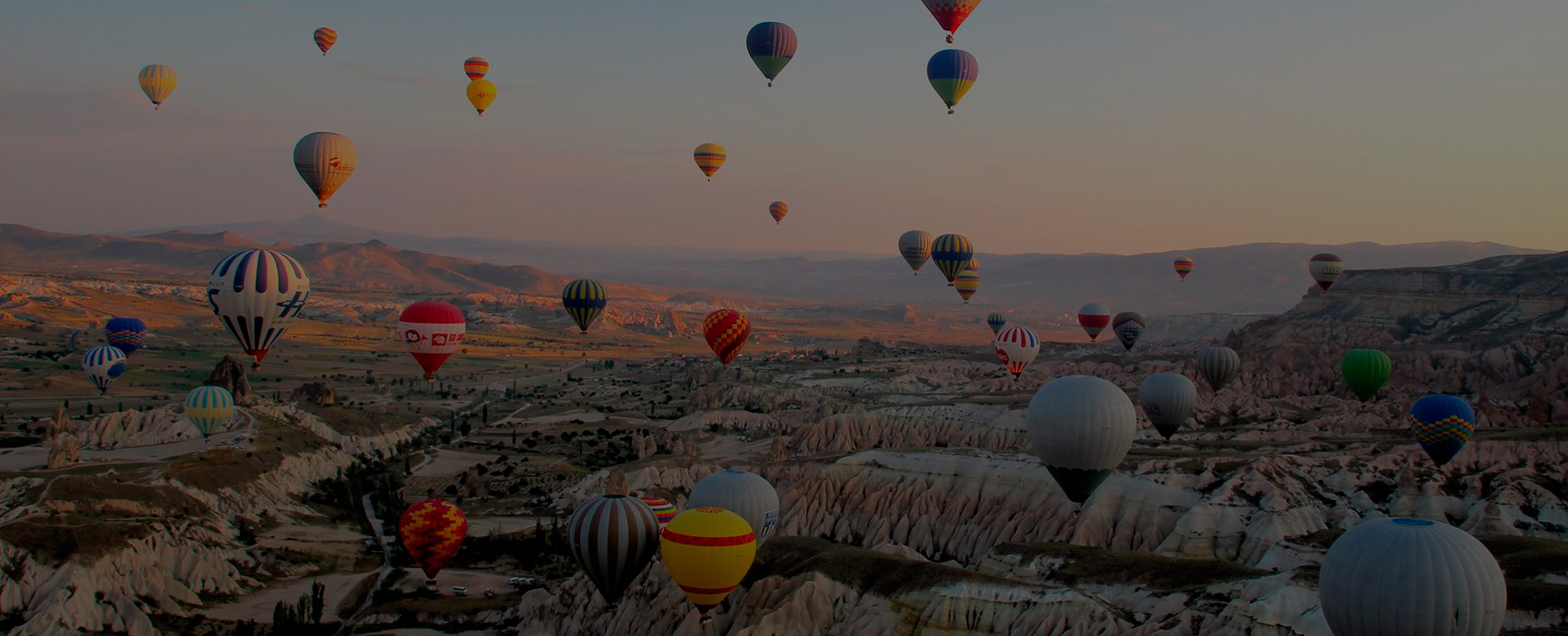01 Apr Caravanserais of Cappadocia
Caravanserais of Cappadocia
The caravanserais or (in Turkish: “kervansaray”) have been used since the tenth century. Then, trade through Turkey in medieval Seljuk times expressly depended on camel caravans (kervan), who stopped and spend the night in lodges and hotels known as caravanserais, literally ‘caravan palaces”. These buildings provided accommodation and other services to merchants, as well as stables for their animals. The caravanserais were seen for the first time in Central Asia, during the time of the Caravans, Ghaznavids dynasty and the Great Seljuk State.
In the caravanserais, foreign and native merchants used to stay for three days. They adjusted their shoes and the poor were handed new shoes, sick people were treated and the animals were cared, such as the blacksmithing service. For their religious practices guests used “Kosk Mescid” a small mosque in the center of the courtyard which was the most important part of the caravanserai.
Generally the yards were surrounded by rooms, warehouses, stalls and bathrooms. Braziers and “tandirs” (buried ovens) were used as heat the rooms, while candles and lamps were used to light them. In these caravanserais used to work people skilled in all types of services: from the Imam (religious leader) to the messenger, veterinarians, doctors, blacksmiths or cooks.
In Cappadocia, stones from the volcanic rocks were used for the construction of caravanserais. For defensive purposes, the walls were built like a castle. Some of the best examples of Seljuk stonework can be seen in the entries, called “Tac Kapi”. Although the most commonly ornamental designs used to be dragons, lions and floral motifs, geometric designs predominate in Cappadocia. The gates were of iron.
The caravanserais were built along the roads from Antalya – Konya – Kayseri to the land of the Turkomans, through Erzurum and Tabriz, and from the Black Sea region to Iraq, via Amasya – Tokat – Sivas – Malatya – Diyarbakir; at a distance of 30- 40 kilometers between each other, which is equivalent to a day’s journey by camel.
Today you can see some of the finest examples of caravanserais in the Cappadocia region, especially between Aksaray and Kayseri: Sultanhani and Agzikarahan in Aksaray and Sarihan in Avanos.
When Europeans found new routes to China, the Silk Road began to lose importance and so the caravanserais. After the fifteenth and sixteenth centuries, most of them stayed out of use.
Today, travelers can visit the caravanserais of Cappadocia in private tours. In one of them, the Sarıhan, in Avanos, you can also appreciate a Whirling Dervish ceremony and their ritual dance Sema.



